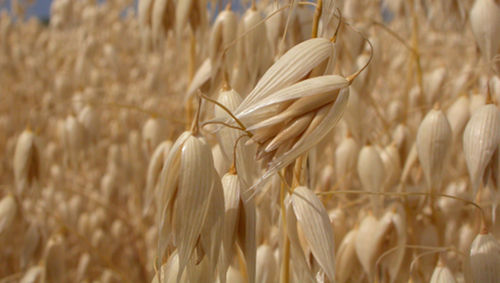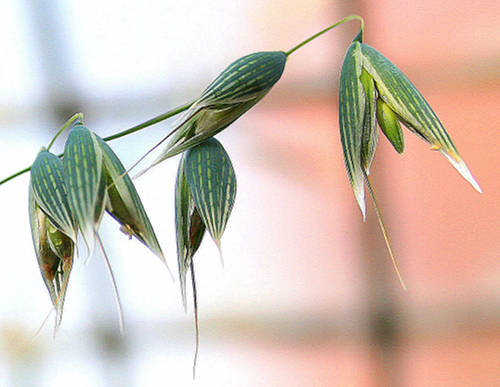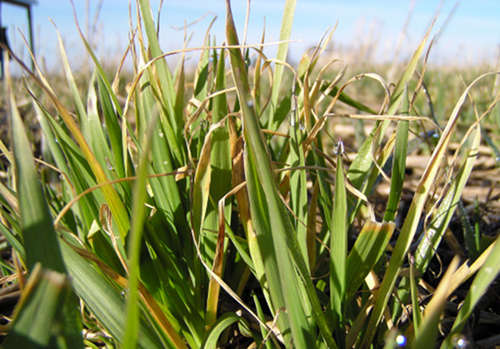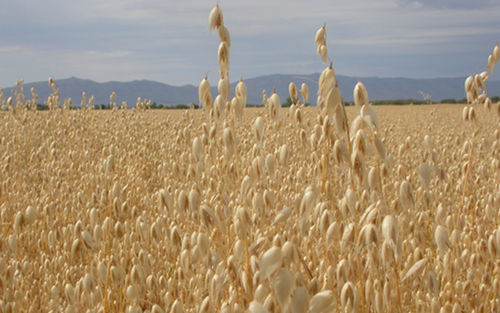
Names
Avena sativa, Sea Oats
Description
Annual grass which grows in tufts. Fruit grows in a terminal, loose panicle.

Concern Level
High in animals near oat fields or fed oat hay. Hay must be properly cured and looked after to avoid toxic issues.
Toxic Parts
All parts of the plant are toxic.

Symptoms
Trouble breathing, skin irritation, anxiety, gastrointestinal distress, paralysis, convulsions, death.
Danger
Oats can cause three different problems:
a) May accumulate nitrates which makes blood incapable of carrying oxygen efficiently.
b) It is unknown if it is direct contact or ingestion of both fresh oats and oat straw can cause photosensitivity in skin with no pigment.
c) Improper curing of oat hay can result in moldy oats (smutty oats) which can cause paralysis, convulsions and can be fatal.

More Information
Perdue University of Veterinary Medicine
*It should be noted that we are not veterinarians. This information is written specifically for horses and should be used for reference purposes only. If you think your horse has eaten something toxic call your vet right away.
